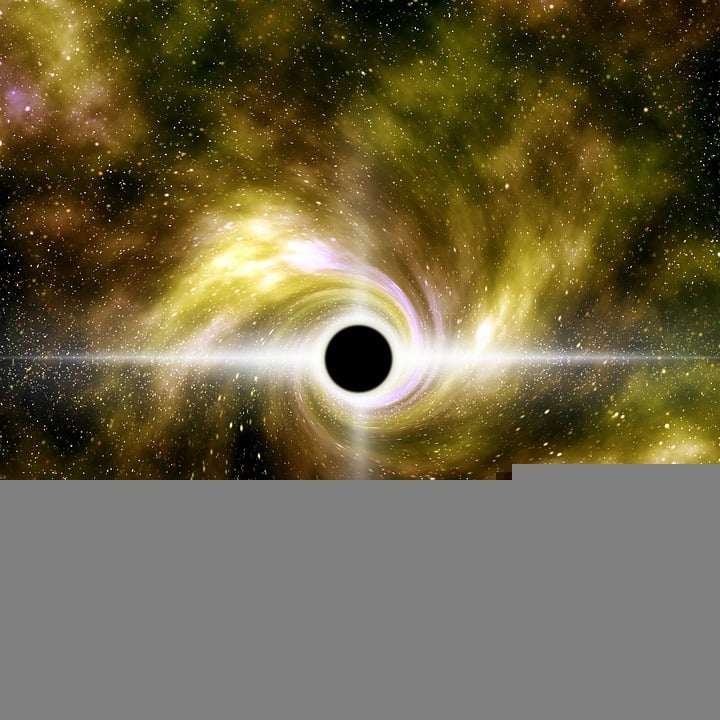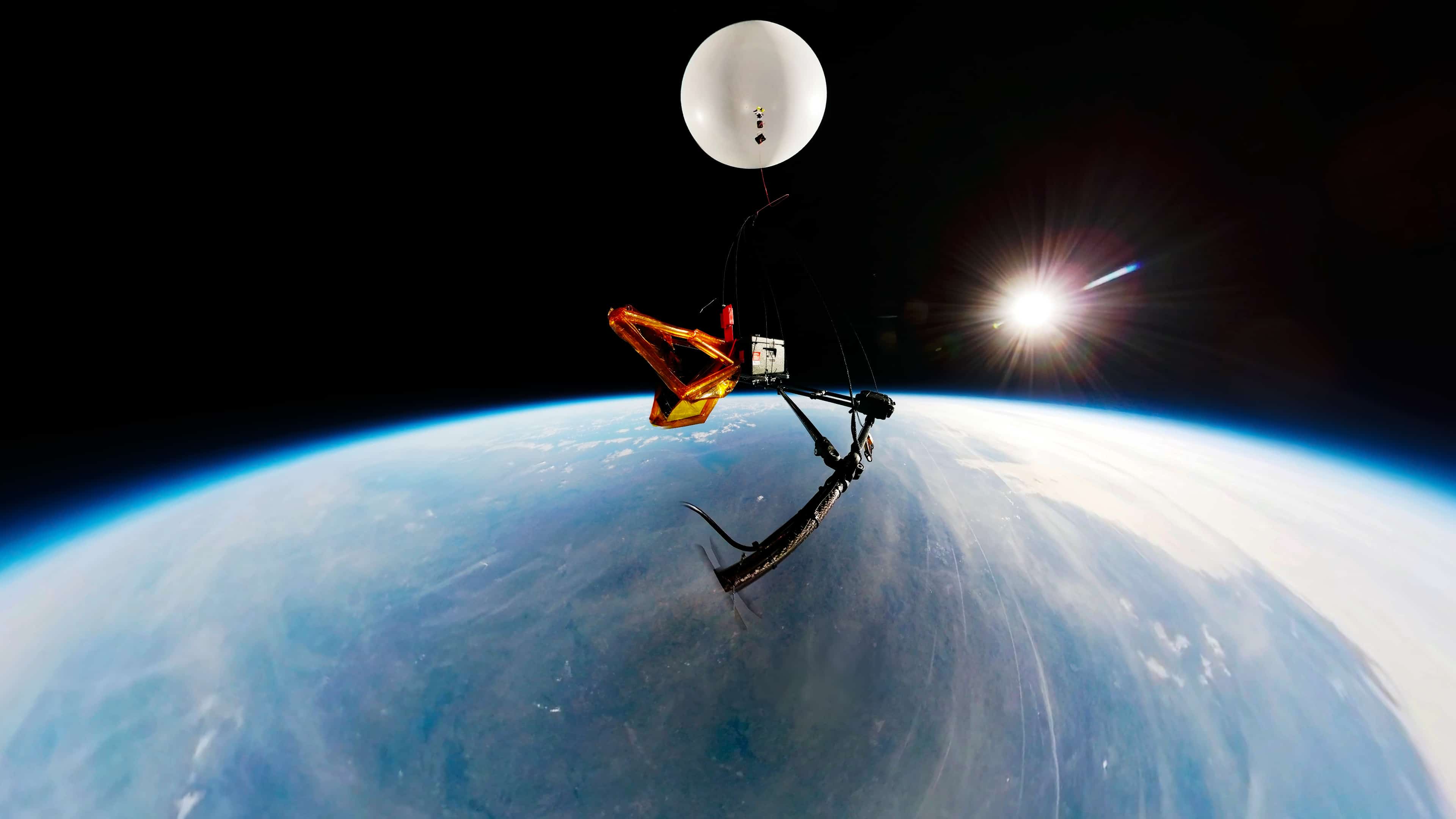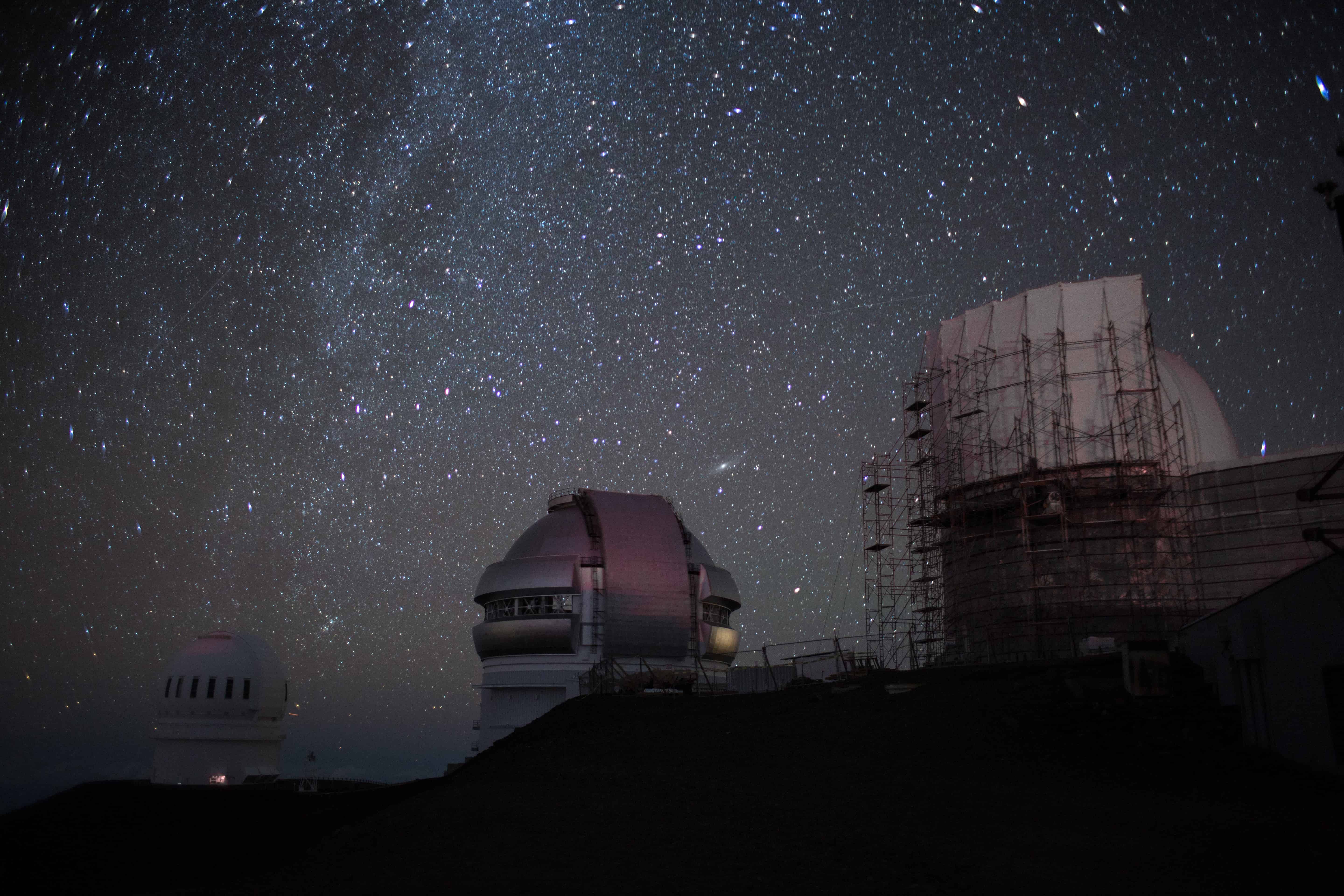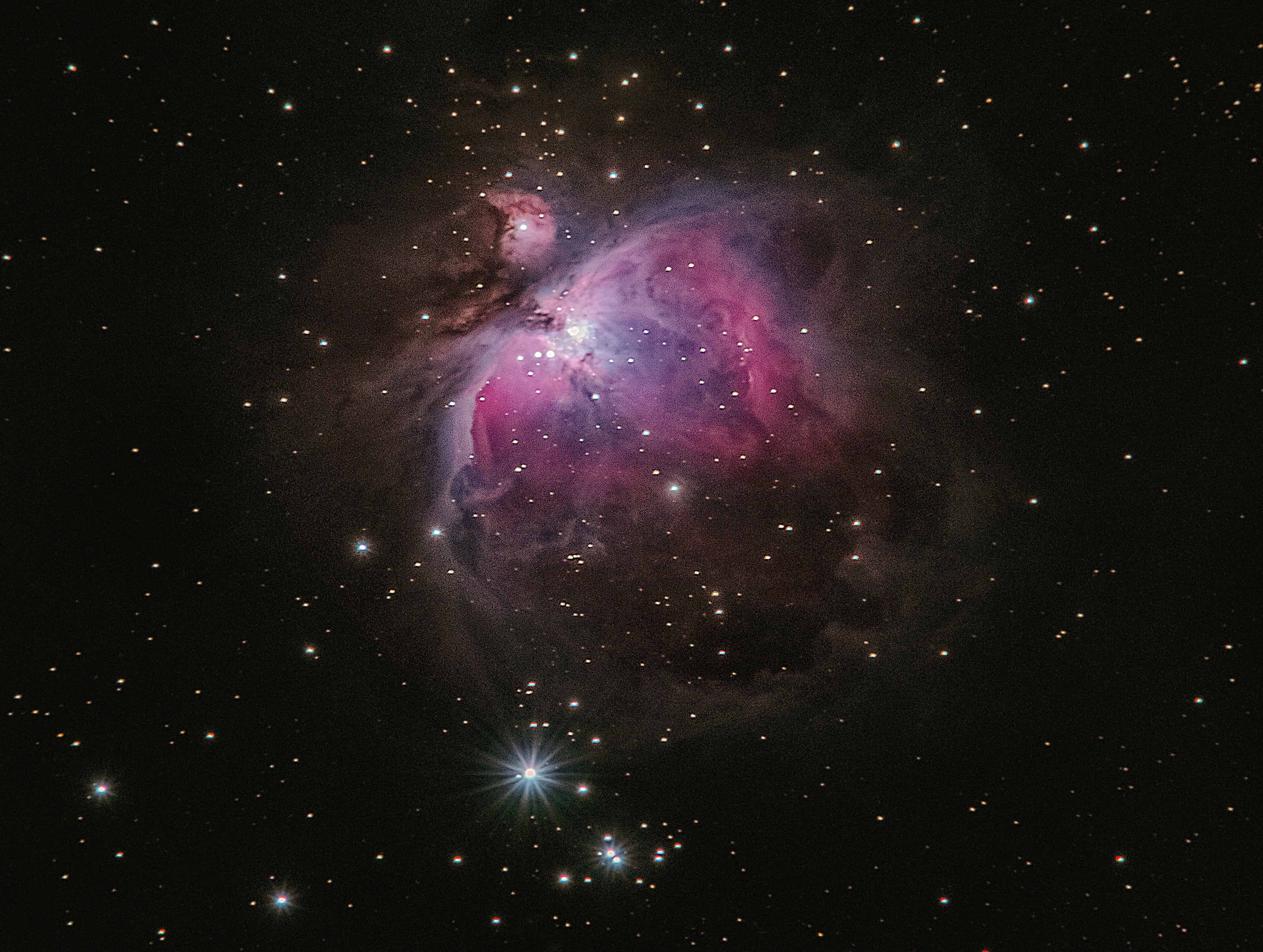
Do real space research from the comfort of your own home. Search for black holes. Because anyone can join the Lofar Radio Galaxy Zoo civilian science project. The one condition is that you have a computer with an internet connection.
This has been announced by the Netherlands Institute for Radio Astronomy (ASTRON), also renowned for its radio telescope in Westerbork. Scientists are calling on the help of the public in order to find the origins of hundreds of thousands of galaxies discovered by the largest radio telescope ever built: LOFAR (low-frequency telescope). Where do these mysterious objects, thousands of light years in scale, come from? ASTRON states that the new project for civilian scientists gives anyone with access to the internet the ‘exciting’ opportunity to partake in the search for black holes in the center of these galaxies.
Complex formations
Astronomers use radio telescopes to take images of what’s termed the radio sky. Just as optical telescopes like the Hubble Space Telescope records footage of stars and galaxies. However, photographs taken with a radio telescope show an image which is very different from that of an optical telescope.
Stars and galaxies are not seen directly in the radio sky. Instead, an abundance of complex formations associated with massive black holes in the centers of galaxies can be detected. Most of the dust and gas around a black hole is consumed by a black hole. But some of that material will escape and be ejected into deep space. This material then forms massive plumes of extremely hot gas that are picked up in huge formations by radio telescopes.
Where does that black hole belong?
Super-telescope LOFAR, operated by the Netherlands Institute of Radio Astronomy, has since discovered four million radio sources. A few hundred thousand of them have very complicated formations. So complex that it is difficult to determine which galaxies are linked to which radio sources. In other words: where and in which galaxy does that black hole belong?
The international team behind LOFAR is comprised of more than two hundred astronomers from eighteen countries. It is impossible for them to identify all radio sources and their galaxies. That’s why these astronomers are calling on the public for help. Citizens are being asked to look at images taken by LOFAR along with images of galaxies and then identify which radio source belongs to which galaxy.
Leiden University
“LOFAR’s new research into the radio sky has revealed millions of previously undiscovered radio sources. With the help of the public, we will be able to investigate the nature of these sources. Where are their black holes? What kind of galaxies are the black holes in?” Huub Röttgering from Leiden University says.
Tim Shimwell (of ASTRON and Leiden University) elaborates on why this is important: “The task of volunteers is to match the radio sources to the right galaxy. This will help researchers understand how radio sources are formed, how black holes evolve and how huge amounts of material with such unprecedented amounts of energy can be ejected into deep space”.
Radio Galaxy Zoo is part of Zooniverse project, the world’s largest and most popular platform for citizen research.





